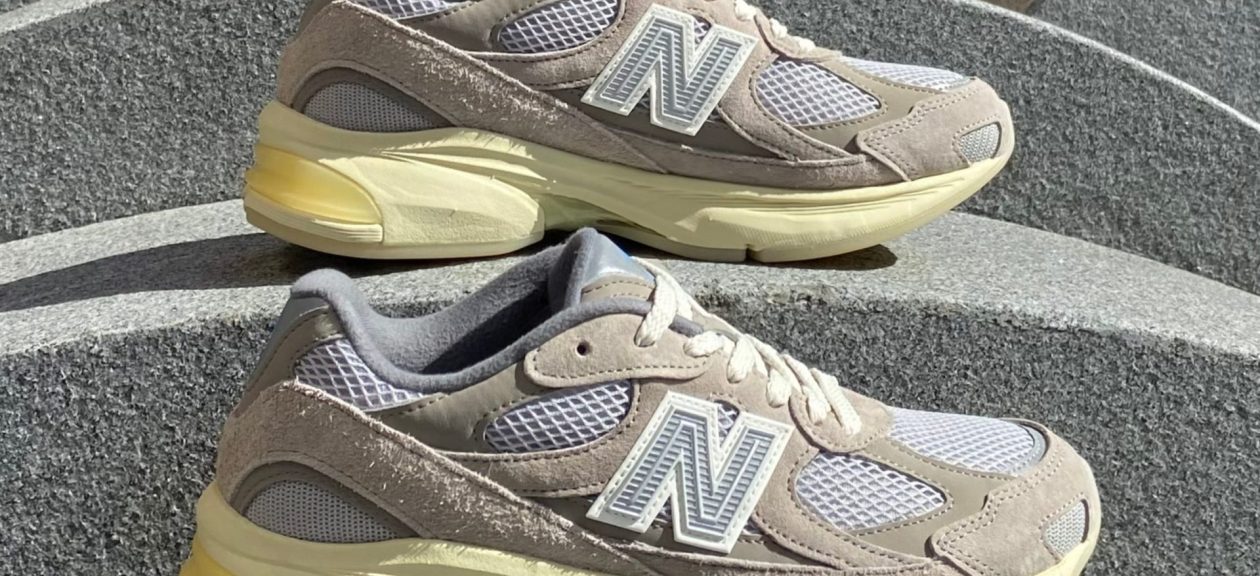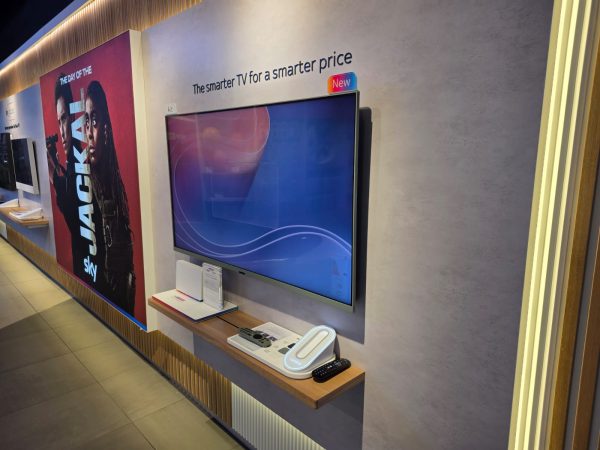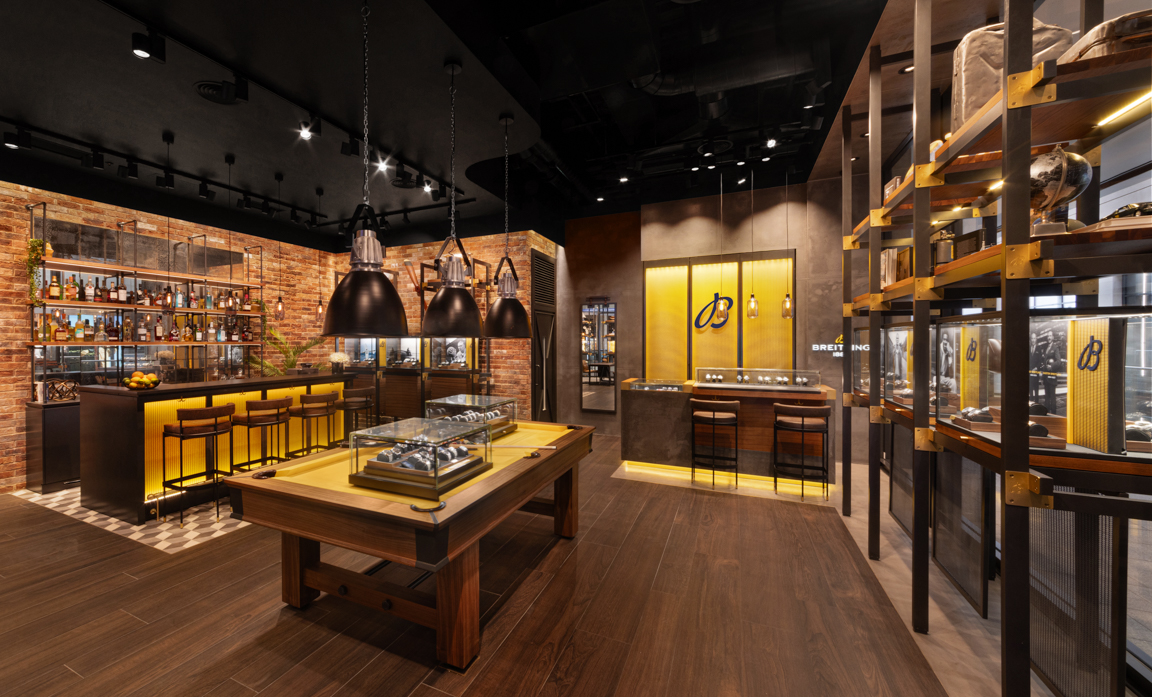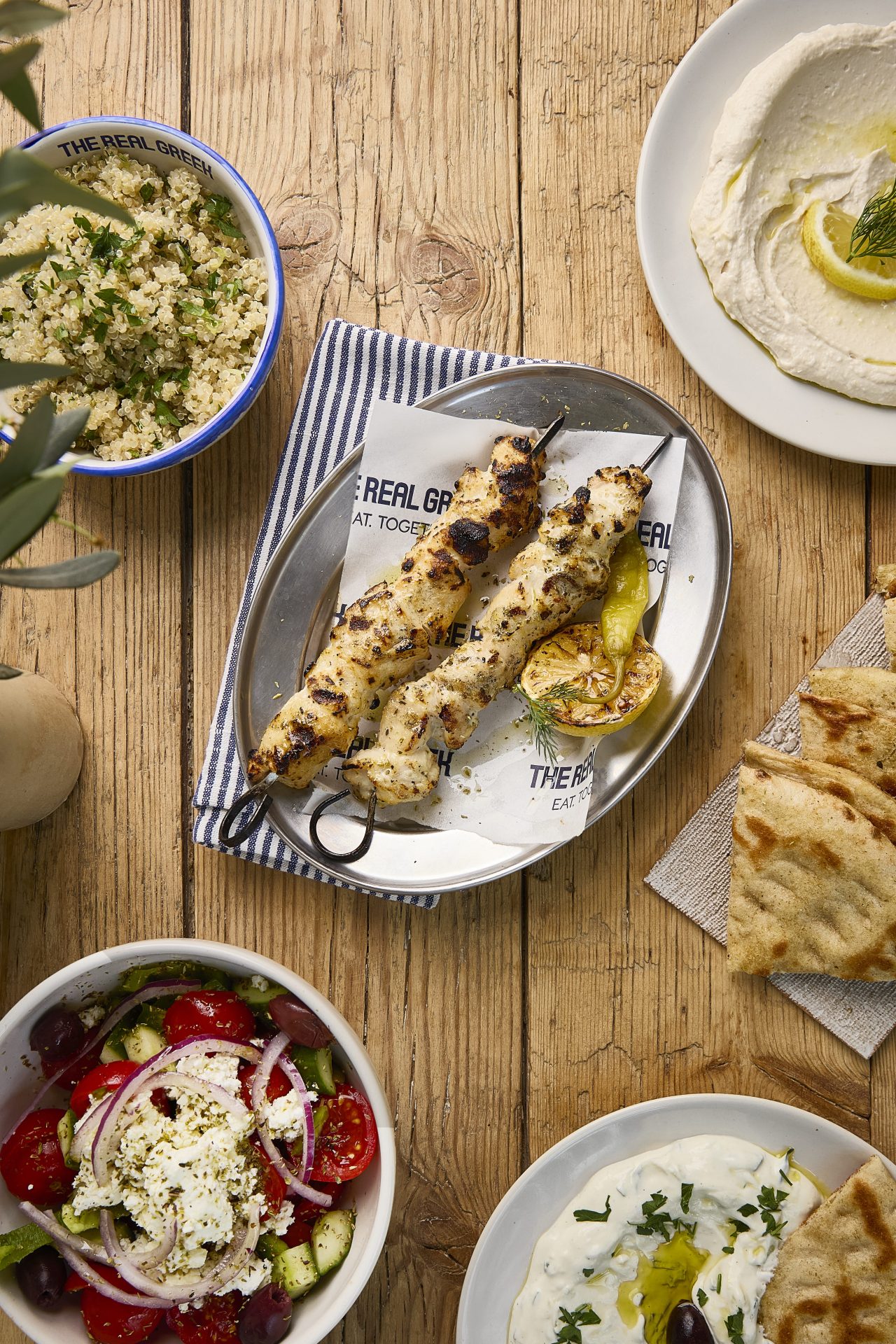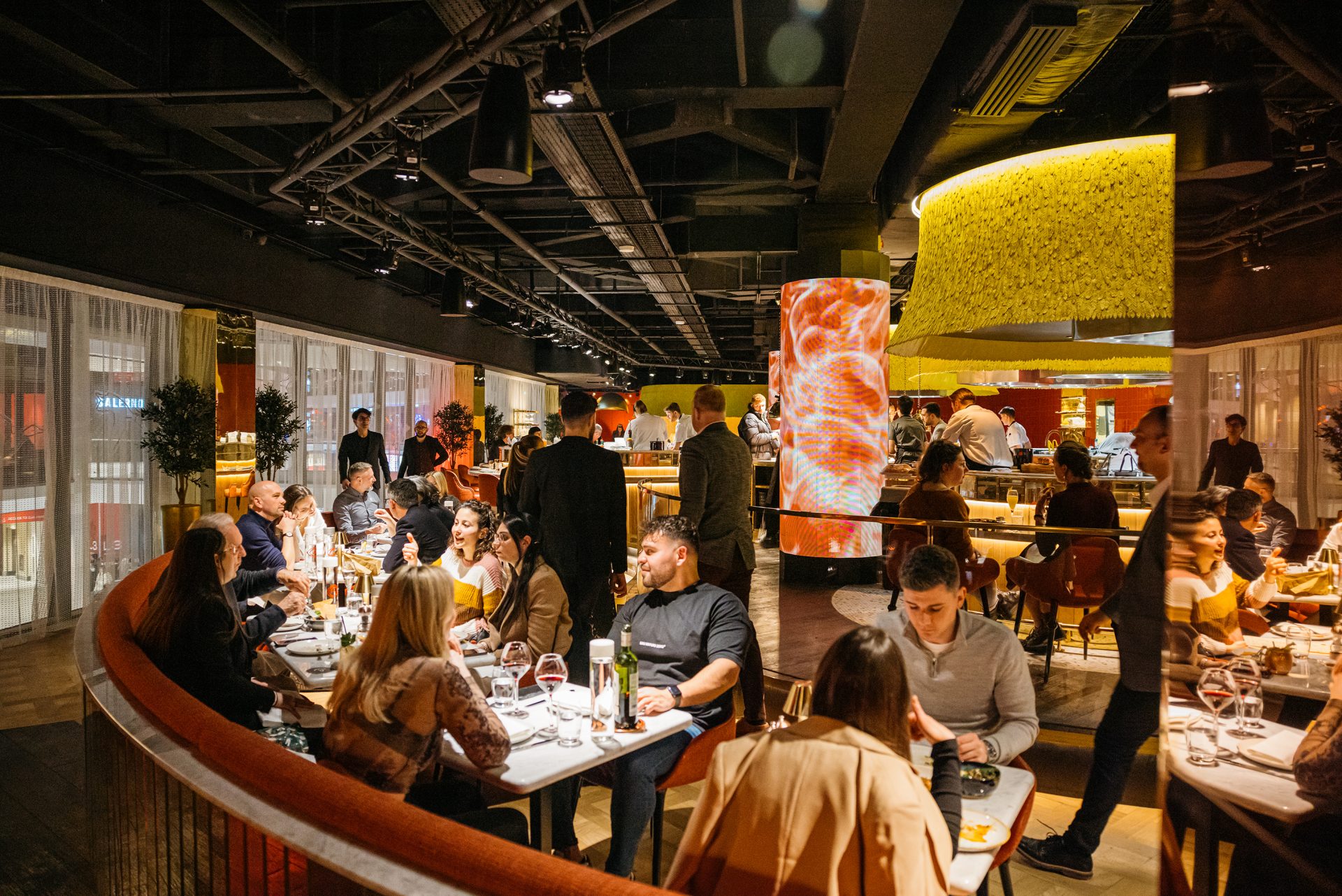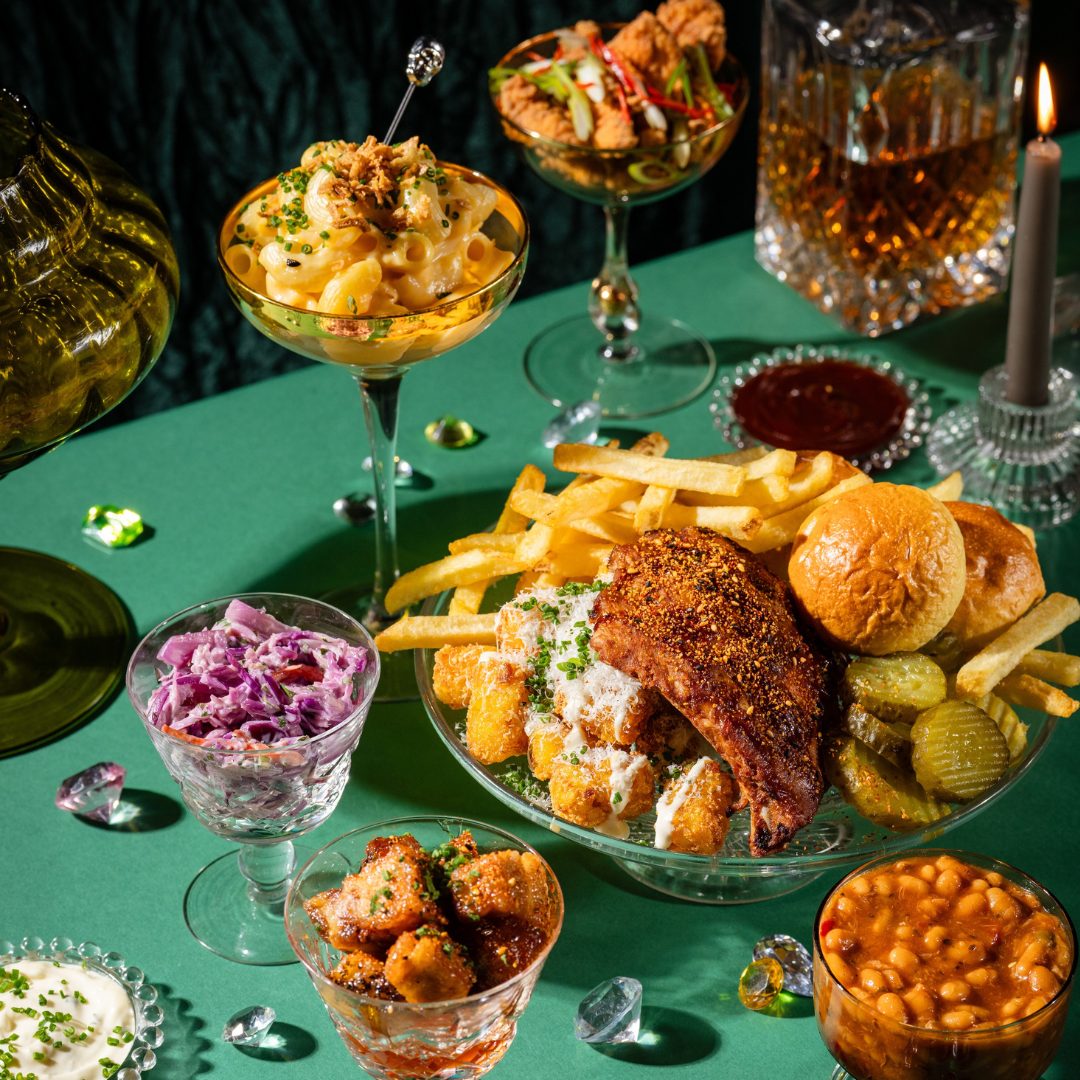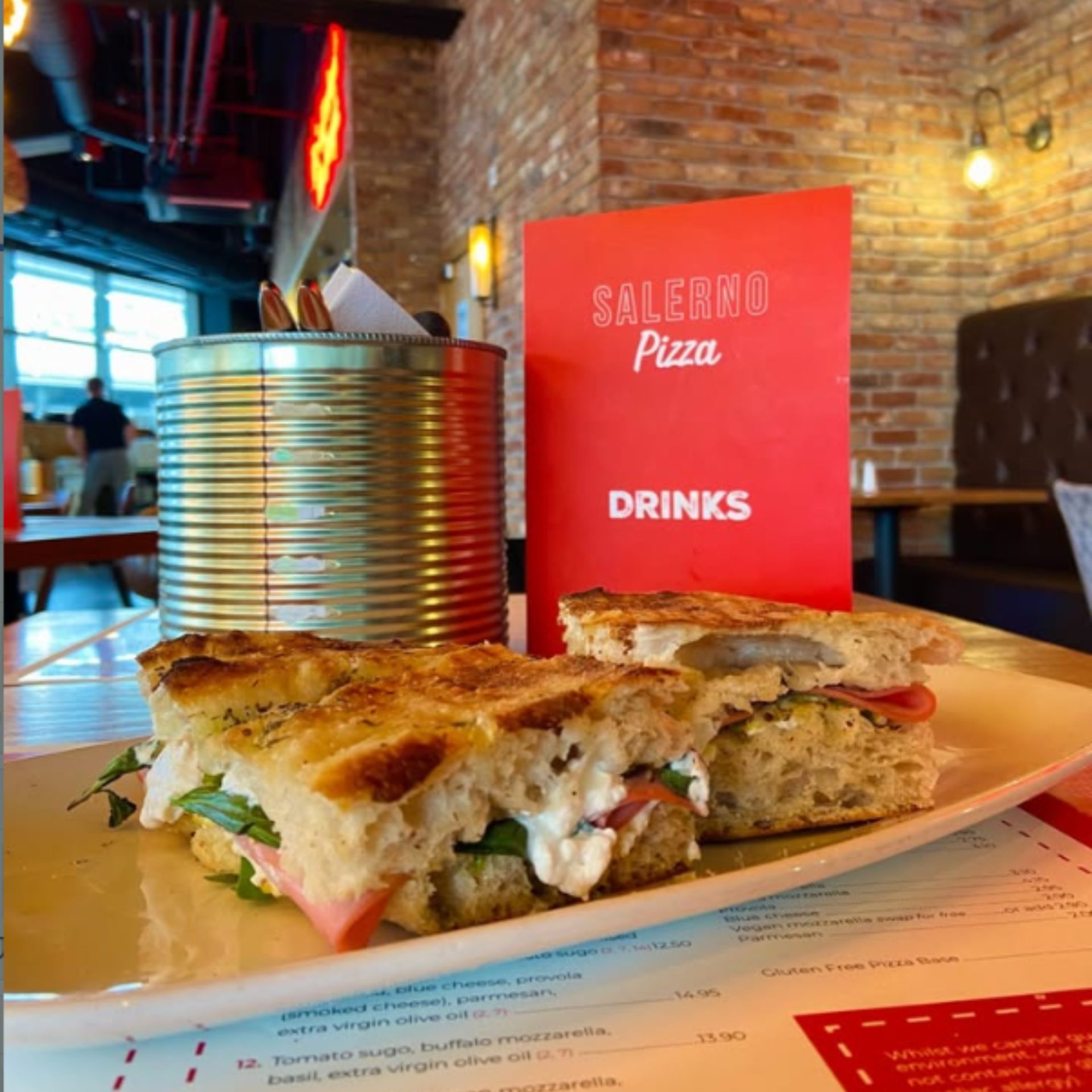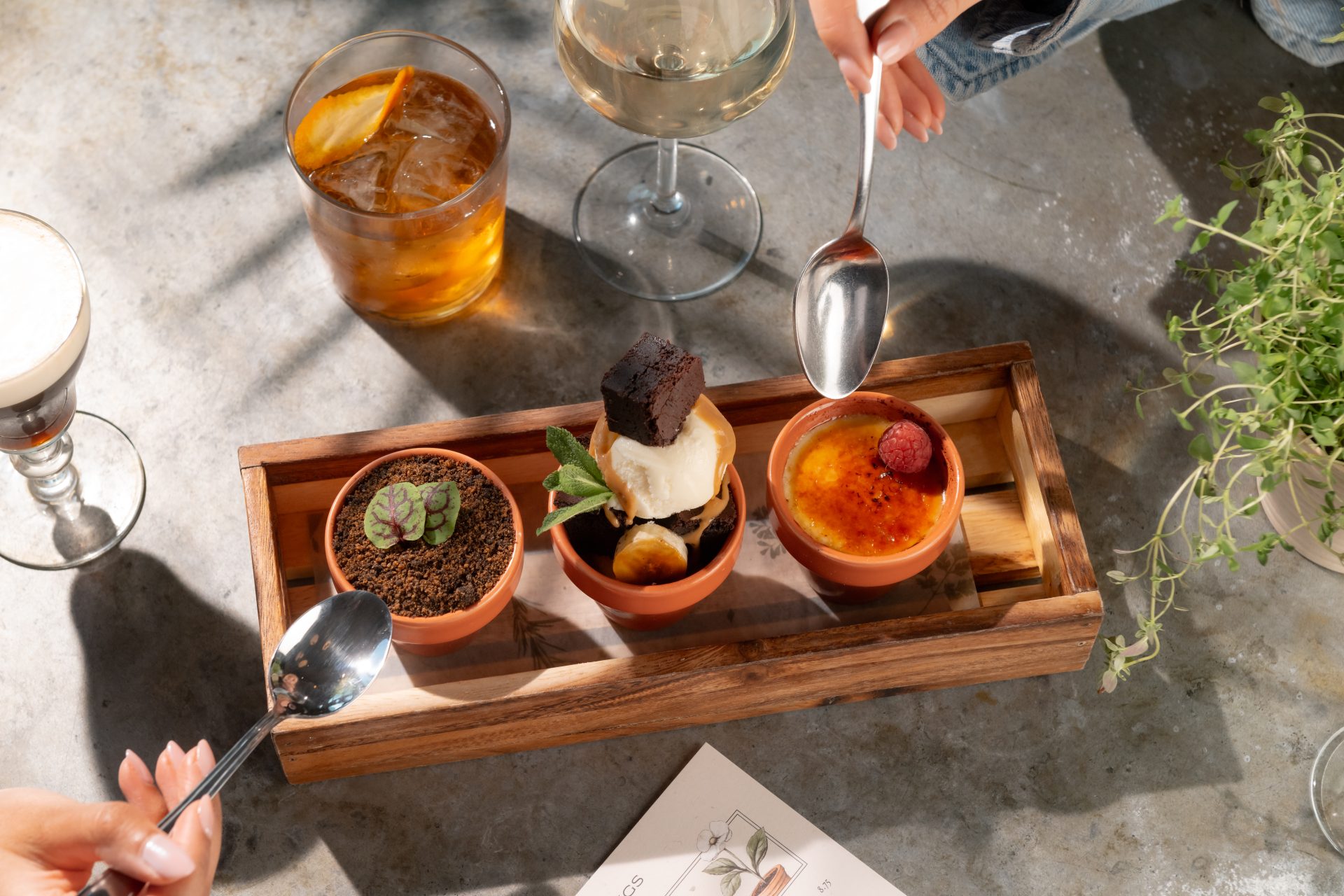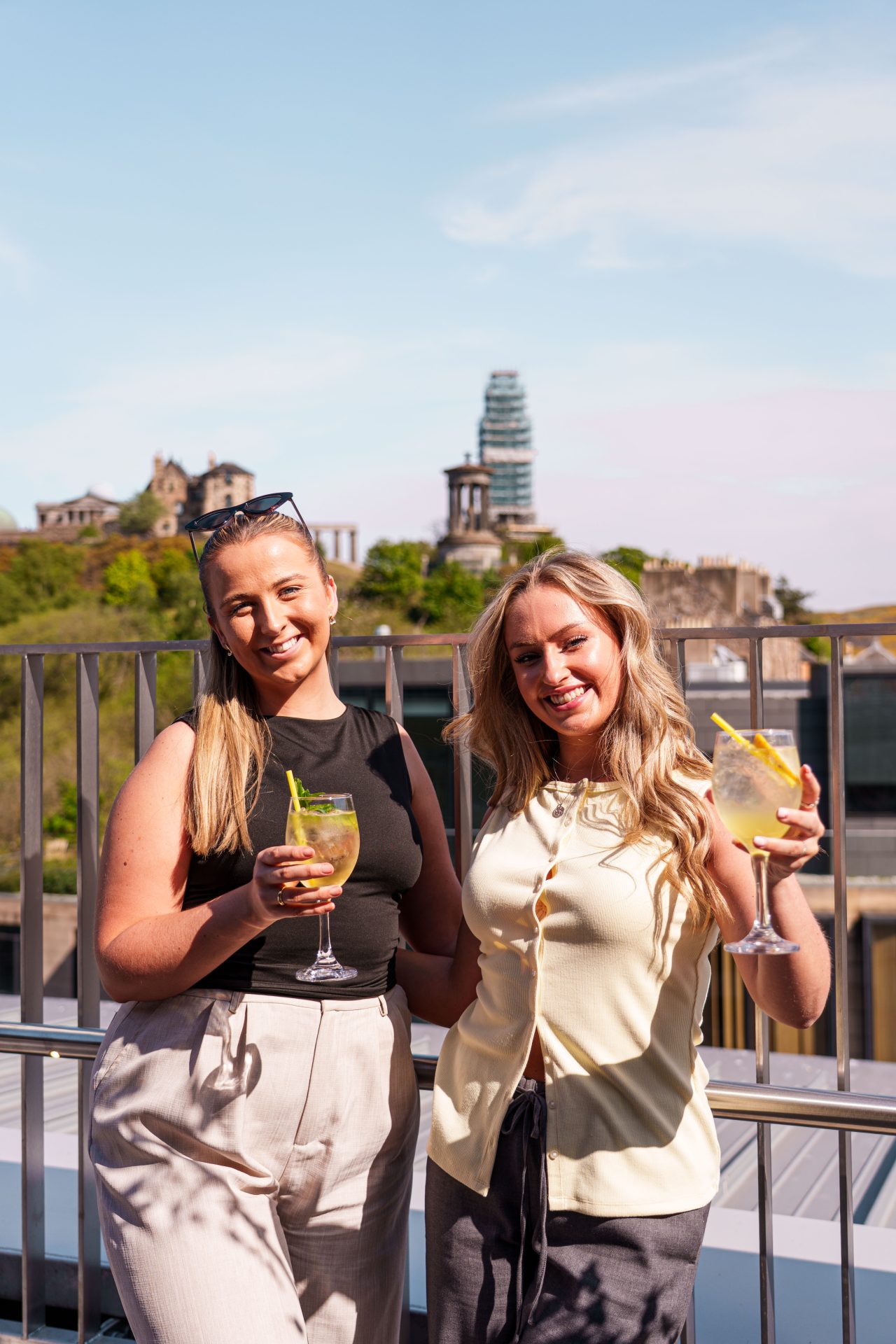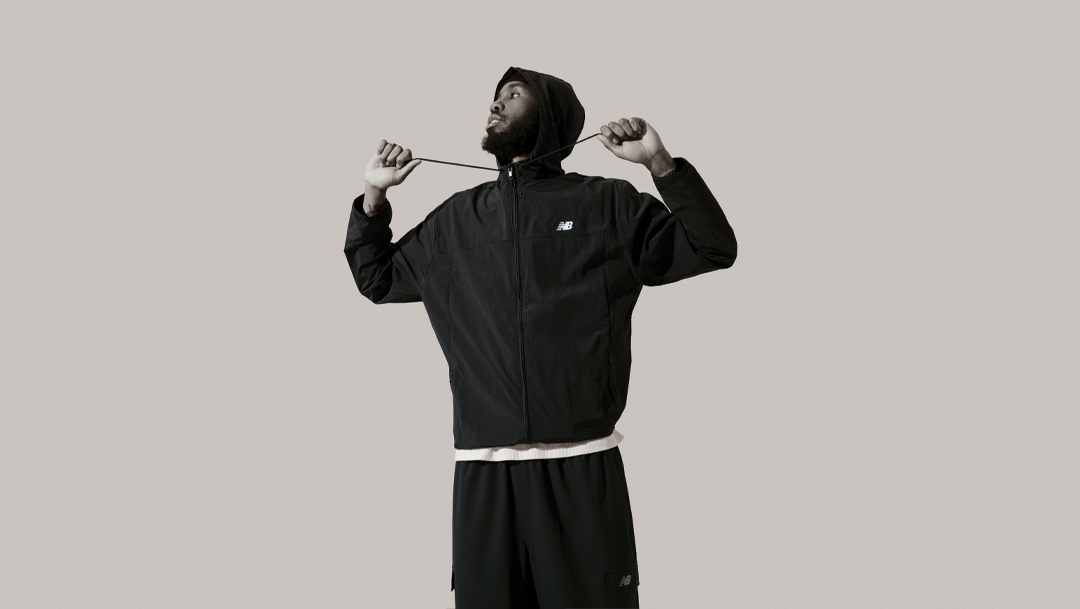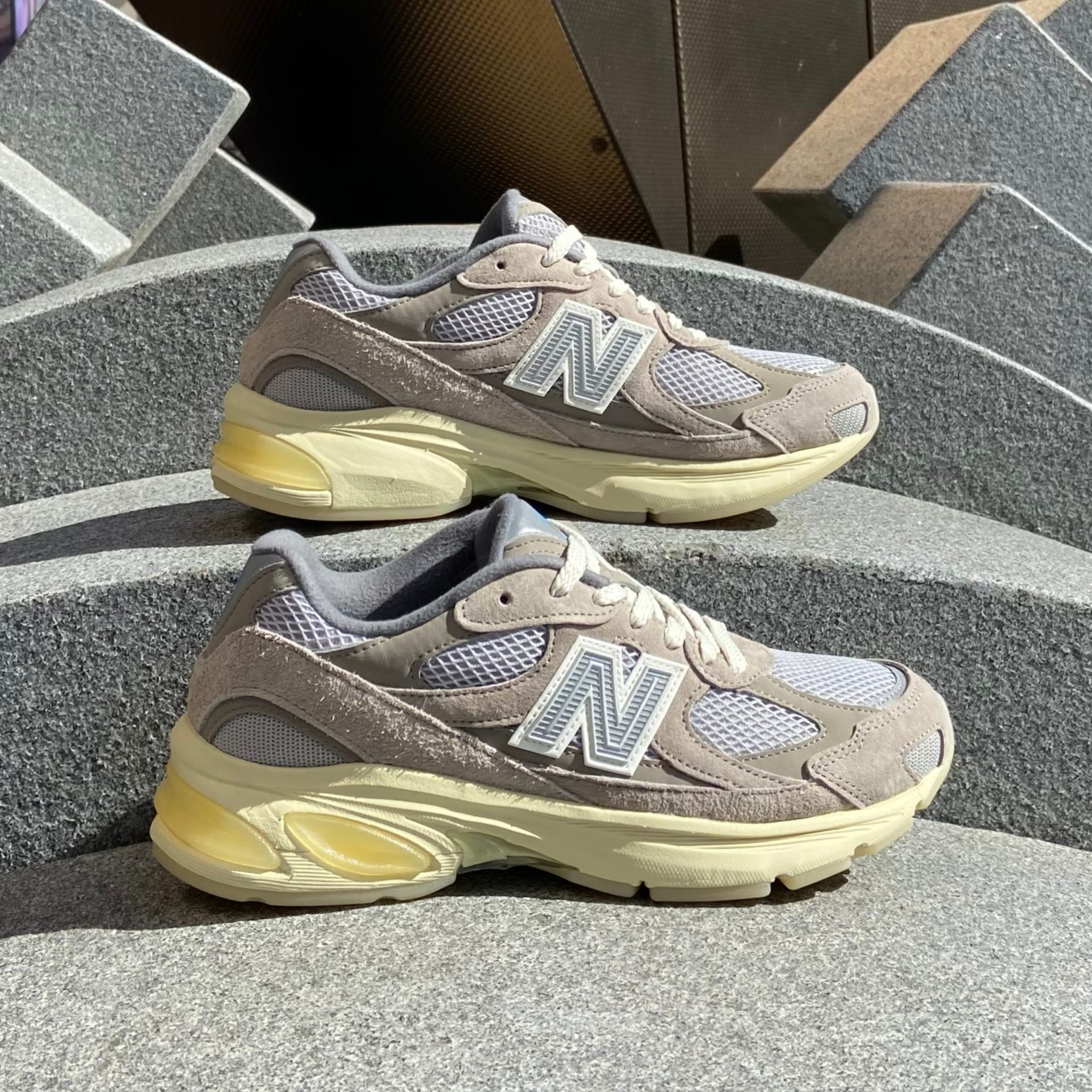What's new
What else is new…
-
Introducing Sky Glass Air
 Categories: Uncategorised
Categories: UncategorisedSky has just launched Sky Glass Air, a cutting-edge 4K TV that delivers vibrant, true-to-life colours and immersive Dolby Audio – perfectly optimised for whatever you’re watching. This system brings together the best of Sky and your favourite streaming apps, all in one sleek interface. Enjoy Sky, Netflix, and Discovery+ together for just £15 per month. Visit Sky on Level 1 for your personalised in-store demo and see the… Read more
-
Breitling Unveils Expanded Boutique
 Categories: Uncategorised
Categories: UncategorisedSwiss luxury watchmaker Breitling has opened its expanded boutique here on Level 2 at St James Quarter! Opened in partnership with the Watches of Switzerland Group, the new space reflects Breitling’s signature industrial-loft design, featuring exposed brickwork, steel accents, and walnut finishes. The expanded footprint introduces bespoke features, including a fully stocked bar and pool… Read more
-
Welcome Back itsu
 Categories: Uncategorised
Categories: UncategorisedWelcome Back itsu! We’re excited to welcome back itsu on Friday, 13th June! To celebrate the grand re-opening, the first 100 customers will receive free sushi — don’t miss your chance to grab a delicious treat! Known for its healthy fast food, itsu offers a menu full of flavour, packed with vitamins, protein, and fibre.… Read more
-
New Menu Launch at The Real Greek
 Categories: Uncategorised
Categories: UncategorisedNew Menu Launch at The Real Greek! There brand-new menu puts Souvlaki Skewers front and centre — choose from mushroom, halloumi, chicken, sausage, lamb, pork, octopus, or prawns! Pair it with tasty sides like halloumi fries, fresh salad, and so much more. Find us on Level 4 at St James Quarter, where you’ll always be… Read more
-
Welcome SoftCore!
 Categories: Uncategorised
Categories: UncategorisedSoftCore has opened on Level 1! Handcrafted warm New York style cookies are made with real butter and Belgian chocolate, and soft serve ice cream is made from scratch using only real cream and milk. Expect juicy Scottish strawberries turned into the creamiest soft serve, and cookies that are crunchy on the outside with a… Read more
-
Join the 9PM Club at Duck & Waffle
 Categories: Uncategorised
Categories: UncategorisedThe 9pm Club: Late-Night Dining at Duck & Waffle Edinburgh Available: Monday – Sunday | 9pm – close Sip, savor, and stay a little longer with Edinburgh’s most indulgent after-dark dining experience. Join the 9pm Club and enjoy 25% off dinner every night from 9pm until close. Whether you’re craving signature dishes, crafted cocktails, or… Read more
-
New Sunday Feast at The Alchemist
 Categories: Uncategorised
Categories: UncategorisedBeginning Sunday, June 1st, The Alchemist are serving up a reason to look forward to the end of the week. Sundays are about to get a whole lot more indulgent with the launch of their brand-new Sunday Feast – the ultimate sharing experience crafted for comfort food lovers. Bring your appetite, because this platter is… Read more
-
NEW FOCACCIA AT SALERNO
 Categories: Uncategorised
Categories: UncategorisedLooking for a NEW Lunch Fix? Salerno Pizza Edinburgh have just launched the Filled Focaccia. From 12-3pm, you can choose from five different tasty sandwiches made just for you! Sit-in or take-away, your choice! Salerno Pizza Read more
-
Exclusive to new Balance
 Categories: Uncategorised
Categories: UncategorisedLAUNCHING EXCLUSIVELY AT NEW BALANCE ON 22ND MAY The ABZORB 2010 combines the excitement of a progressive, all-new style with a sense of the familiar. The segmented ABZORB sole unit, a signature feature of several 2000s-era fan favourites, features more expansive proportions, becoming the centerpiece of this new design. This eye-catching visual is paired with… Read more
-
New Menu Launch at The Botanist
Categories: UncategorisedOn Little King Street, The Botanist has launched their brand new menu fresh for summer! Always bringing fun and theatre to the table it is something you do not want to miss out on! From signature Hanging Kebabs to the Allotment Board packed with fresh veggies and garlic dip—it’s garden-inspired goodness at its best. Dig… Read more
